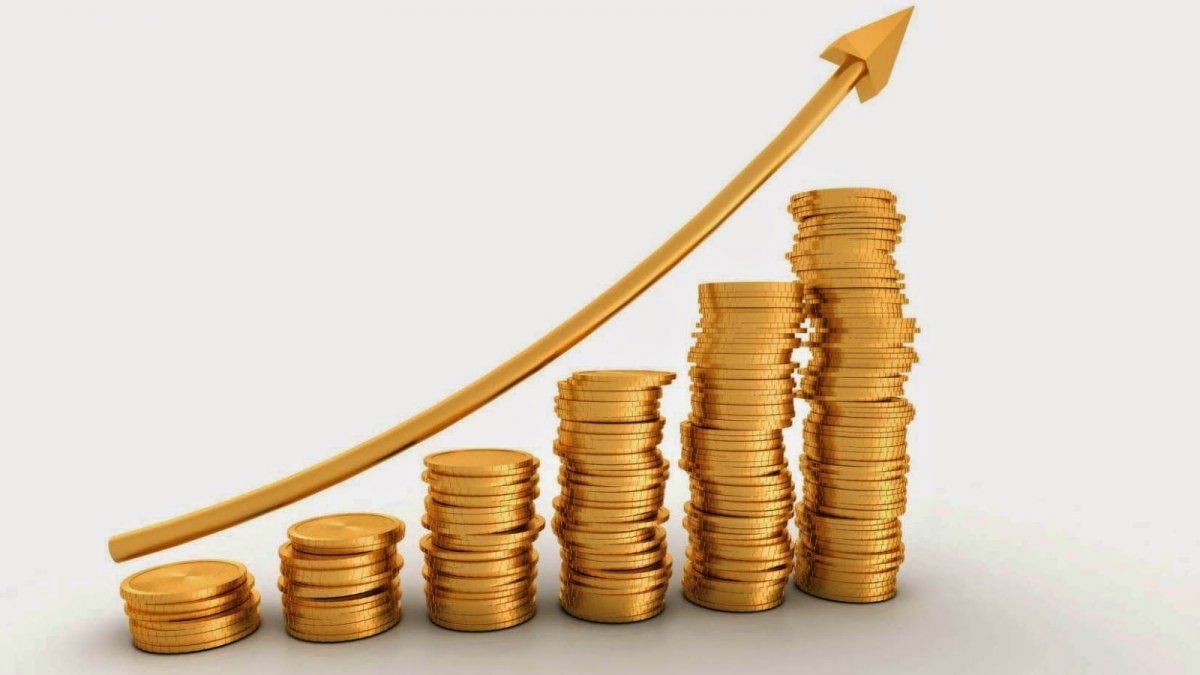The economic activity showed a seasonally adjusted increase of 2% in November, which confirms an upward trend in GDP, according to the latest data from the Central Bank of Uruguay (BCU).
This follows from the last Monthly Economic Activity Indicator (IMAE), which reflected this improvement in the penultimate month of the year. If analyzed on a year-on-year basis, the increase is even more notable and reaches 5.1% compared to November 2022, a period that was affected by the drought that reduced yields in the summer crop harvest.
In this way, the cycle trend stands at 0.4% and the outlook is more than optimistic for the growth of the GDP of the last quarter of 2023, mainly taking into account that the forecasts anticipated an improvement close to a level of stagnation.
The thing is that during the previous measurement, which analyzed the month of October, the economy grew by a seasonally adjusted 1.3%, so this boost could improve the growth data for 2023, which will be known in the coming weeks.
Embed – https://publish.twitter.com/oembed?url=https://twitter.com/AldoLema_uy/status/1752791363786064312&partner=&hide_thread=false
Expected increases will come in Uruguay’s GDP growth estimates:
-Marginal for 2023 at 0.5-0.6%.
-Significant in 2024 since the consensus is 3.2%, with a minimum of 2.3% and a maximum of 5%. pic.twitter.com/nXHmWseNPH— Aldo Lema – Uruguay (@AldoLema_uy) January 31, 2024
Analysts agree that the recovery of the economy is strengthening
Echoing the report of the BCU, There were several economists who agreed that the growth of the economic activity It would be around 0.5% by 2023, moving away from the expected level of stagnation, while it has room to improve further in 2024.
The Economist Aldo Lema highlighted through its X account the “strong additional recovery of the Uruguayan economy and maintained that the IMAE “anticipates better figures for the growth of the GDP in the fourth quarter of 2023 compared to the consensus in the survey “BCU”.
At the same time, he maintained that “there will likely be increases in GDP growth estimates,” mentioning a “marginal” one of between 0.5 and 0.6% for 2023, as well as a “significant one in 2024, since the consensus is at 3.2%, with a minimum of 2.3% and a maximum of 5%.”
In turn, the manager of CPA Ferrere, Nicolas Cichevski, He pointed out in the same way that the evolution of the IMAE “would anticipate a somewhat better closing of 2023 than expected” and anticipated “a statistical drag for the annual GDP growth in 2024, which would be around 1.5%.”
Embed – https://publish.twitter.com/oembed?url=https://twitter.com/IgnacioUmpierez/status/1752795070451822843&partner=&hide_thread=false
GDP preview for November (IMAE) suggests an expansion in the 4th quarter of 2023 of around 2% seasonally adjusted compared to the 3rd.
Activity went from “more to less” in 2022 and from “less to more” in 2023 as suggested by the cadence of the shocks suffered by the economy. pic.twitter.com/vTd9CsPkrm
— Ignacio Umpiérrez (@IgnacioUmpierez) January 31, 2024
While, Ignacio Umpiérrez, member of the Fiscal Advisory Council (CFA), He maintained that “the advance of GDP for November suggests an expansion in the fourth quarter of 2023 of around 2% seasonally adjusted compared to the third.”
“Activity went from more to less in 2022 and from less to more in 2023, as suggested by the cadence of the shocks suffered by the economy,” said Umpiérrez and maintained that “the negative effect of the drought (around 2.5% of GDP) was mostly collected between the fourth quarter of 2022 and the second quarter of 2023, so activity would continue to expand in the first half of 2024 (although dragging along the closure of the refinery of Ancap)”.
Source: Ambito




